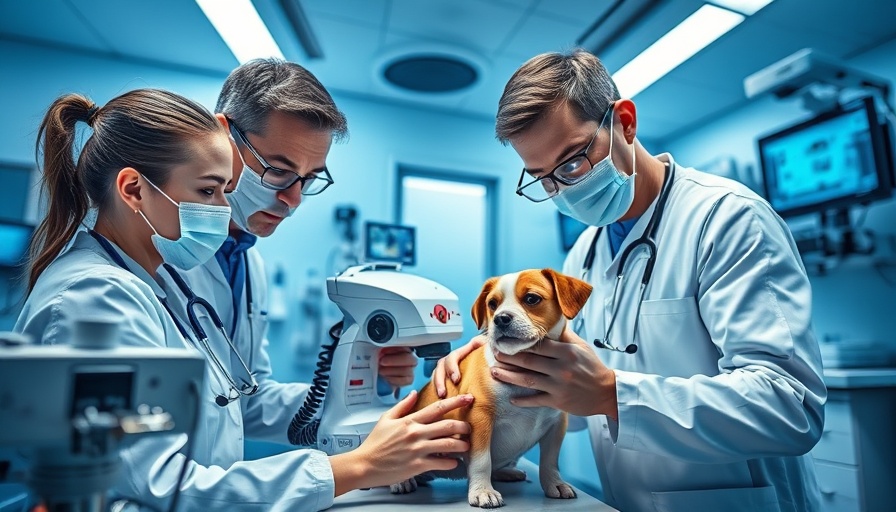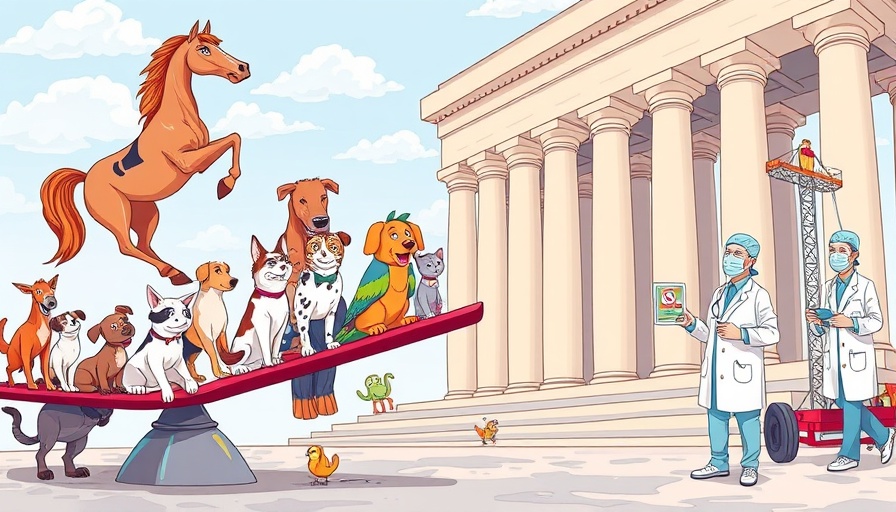
Understanding the Role of Collateral in Lending
Collateral serves as a safeguard for lenders, assuring them that their investment is protected. In the veterinary industry, this can be crucial, particularly for clinic owners seeking financing to expand their services or upgrade equipment. By using tangible assets—like real estate or veterinary equipment—as collateral, borrowers reduce the risk for lenders, which can lead to more favorable loan terms.
Why Veterinary Clinics Need Collateral
Veterinary clinic owners often face significant financial challenges, including high startup costs for new practices or the need for additional funding to upgrade equipment. Lenders typically require collateral to mitigate the risks involved in lending, especially in fields like veterinary care where profits can fluctuate dramatically based on client demand and economic conditions. Understanding this requirement helps practitioners better prepare for discussions with financial institutions.
How to Prepare Your Clinic for Lending
Preparation is key when it comes to securing a loan. Clinic owners should conduct a thorough assessment of their assets. This includes not only equipment but also the clinic’s real estate and any business equity. Documenting the value of these assets through appraisals or professional evaluations can greatly enhance the likelihood of securing a loan with favorable terms.
The Impact of Collateral on Loan Terms
Lenders consider the type and amount of collateral when determining loan terms. Generally, the more valuable the collateral, the better the interest rates and loan amounts available to the borrower. Additionally, for veterinary clinics, having a clear business plan that outlines how the funds will be utilized can also influence lenders’ decisions favorably.
Common Misconceptions About Collateral
Many veterinary practitioners may hold misconceptions about the necessity of collateral. Some may believe that only large businesses need to pledge assets for loans, but this isn’t true. Even smaller clinics or startups might be required to secure loans against their equipment or other assets. It’s crucial for clinic owners to enter the lending process with a clear understanding of these expectations.
Future Trends in Veterinary Lending
As the veterinary industry continues to evolve, so too do lending practices. Increasingly, financial institutions are beginning to offer more flexible terms based on projected revenue rather than just collateral. This shift offers a promising outlook for veterinary practices looking to grow without the burden of excessive asset pledging. However, understanding the foundational elements of collateral remains vital as practitioners navigate these changing landscapes.
Conclusion
Veterinary clinic owners must understand the crucial role that collateral plays in securing funding. By preparing adequately and addressing common misconceptions, clinic managers can enhance their chances of obtaining favorable loans that ultimately serve to boost the clinic's operational efficiency and profitability. As lending practices evolve, staying informed about both traditional collateral arrangements and emerging trends can provide significant advantages.
 Add Row
Add Row  Add
Add 

 Add Row
Add Row  Add Element
Add Element 



Write A Comment